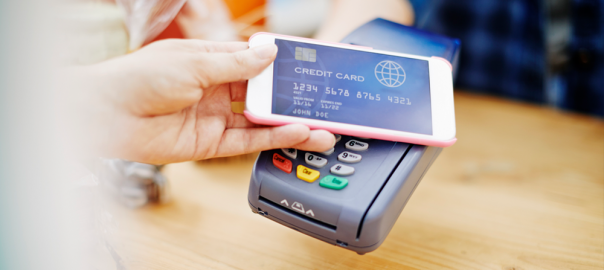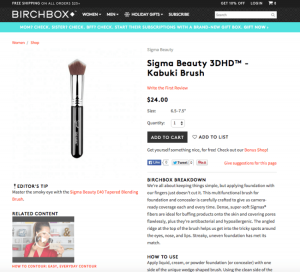— August 19, 2019

Using Your Phone as Your Wallet
If you are a frequent Starbucks visitor, you may have been an early adopter of the Starbucks app and been quickly introduced to mobile payments, or the “pay with your phone in-store” concept, when it was launched in 2011. A report by eMarketer says you were not alone, and today there are more than 23 million consumers using the Starbucks app for in-store purchases at least once every six months.
Mobile payment apps, or mobile wallets, have been on training wheels with consumers for nearly a decade. It seems every mobile device carrier, device manufacturer, merchant, and financial institution has attempted to break through to consumers pockets in an effort to win mobile wallet mindshare. With few exceptions, such as Starbucks, it’s been a tough road to consumer adoption and mobile payments are far from ubiquitous.
If you are considering using a mobile wallet, make sure you know what you’re signing up for and how to keep your financial and personal data safe from identity thieves.
How Mobile Wallets Work
At a basic level, mobile wallets allow users to store information on credit, debit, loyalty, rewards and other types of cards within an app on a mobile device. They can also include a repository of “cash” based on how much you deposit into the account, and most send out coupons offered by stores that embrace mobile wallet options. To use the payment app, you either tap your smartphone on a compatible reader at checkout, or you unlock it with a PIN or other identifier to have payment credentials scanned and applied at the register.
Mobile payments in recent years have also taken the form of peer-to-peer payments (P2P), such as PayPal, Zelle, and Venmo, allowing the user to send funds to another user’s account. This is especially convenient when you need to pay a friend back but don’t have any cash.
Given how much people use smartphones, it seems like a natural transition to use a mobile device instead of cash or cards to make payments. But, according to the most recent eMarketer estimates for 2019, mobile payments are still behind the adoption curve, with only 25 percent of U.S. smartphone users expected to use the technology in-store at least twice a year.
Compared to all other payment types, from credit cards to checks to cash, mobile payments are certainly lagging. Of course, that isn’t stopping new payment apps developed by your favorite merchants from popping up at a rapid clip, as retailers can connect their apps to your loyalty in the form of coupons, rewards points, and exclusive offers, in addition to being a preferred way to pay in their stores.
Concerns Over Security
Security seems to be on the minds of many consumers, and rightly so. It can be unnerving to grant access to your financial accounts through your mobile wallet, which is often done through “screen scraping” — using the payment app to log in to your account with your bank credentials. Likewise, when a mobile payment network such as Zelle makes headlines after scammers disguised as banks call unsuspecting victims to confirm account details, then add the account to a mobile wallet to siphon funds, consumers move more cautiously to embrace the technology.
While the security standards for mobile wallets are still evolving, some fraud and misuse protections are already included. For example, a mobile payment app does not store your credit card number. Instead, your number is replaced with an encrypted code, so card details are not visible to prying eyes — or cyberthieves. Plus, compared to losing your physical wallet, if you lose your mobile device there are built-in security measures, such as remote device wiping and locking, fingerprint or face authentication. In an attempt to improve adoption numbers, service providers are working diligently to put more safeguards in place, and that’s likely to win over at least some skeptical users.
Should I Use a Mobile Payment App?
Deciding if a mobile wallet or payment app is right for you will be based on your technology preferences, and whether you think it will be more of a benefit than a hassle. Although mobile wallets aren’t giving payment cards a run for their money quite yet, they do have some advantages that should factor into your decision about whether to use the services. If you do choose to go mobile with your payments in stores, or make peer-to-peer payments to friends and family, make sure you have the right protections in place so that identity thieves and other criminals can’t target you for high-tech pickpocketing.
Tips to Protect Your Mobile Payment Identity
- Check your bank’s terms & conditions. Be sure that the payment app you’re giving access to your account meets the requirements of your financial institution, so you’re not left holding the liability if fraud occurs.
- Don’t give out details to someone who calls you first. Verify that you are speaking with a representative of your bank or credit card provider by calling a known customer support number directly.
- Use two-factor authentication. Requiring an additional layer of validation can often deter hackers from adding your bank account to someone else’s mobile wallet.
- Keep up with account balances. Don’t let financial statements linger; be sure to look over your transactions so you can quickly identify any fraudulent charges before the theft escalates.
Business & Finance Articles on Business 2 Community
(58)







